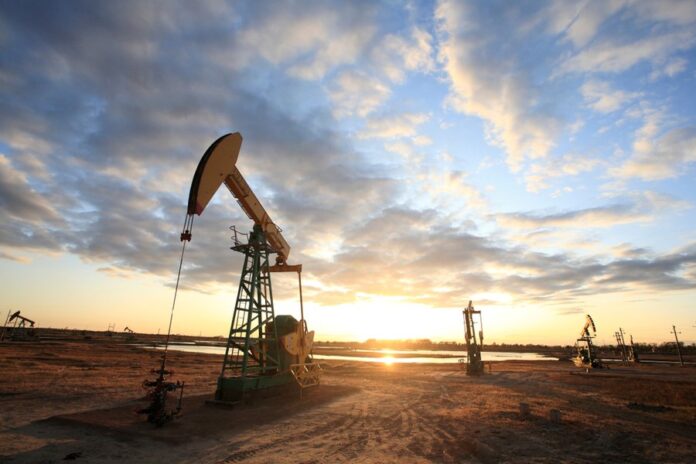PetroChina will be spending billions of dollars to accelerate drilling of rare shale formations in northeast China that could be pivotal to sustaining oil output in the world’s largest consumer.
The state-run oil and gas producer aims to kick off production at its unconventional oil project in 2025 and double its capacity by the end of this decade, company officials and analysts say.
If the pilot is successful, the technologies could be replicated elsewhere to unlock China’s vast untapped shale reserves.
Gulong lies within the area of PetroChina’s flagship Daqing field, China’s biggest oilfield which has been pumping for over six decades but where output is diminishing.
The oil major’s plans would sustain Daqing’s role as the top producing field as well as help arrest China’s declining oil production.
“With the breakthrough in Gulong China could hopefully develop its vast proven yet undeveloped resource,” said Palzor Shenga, vice president of upstream research at Rystad Energy.
China produces only 35,000 barrels per day (bpd) of shale oil, less than 1 percent of total output. But Gulong is touted as a more prospective project.
Shenga added the firm was aiming for break-even cost below $55 a barrel.
Having outlined lower-carbon goals to fight climate change, Chinese state majors also need to balance long-term targets against Beijing’s pre-occupation with energy security.
After over a decade of work, PetroChina said last month it aims to produce 20,000 bpd of shale oil in 2025 from Gulong, where it has proven geological reserves of more than 9 billion barrels.
He Wenyuan, Daqing’s chief geologist, said PetroChina still faces tremendous challenges such as how to locate high-yielding oil flows faster and to extend its life span once a well reaches peak output.
“We’re venturing into a ‘no man’s’ zone in Gulong,” he said.
Shell and BP were invited to study Gulong shale in 2019 and 2020, but the companies concluded there was no similar geology elsewhere that has been commercially viable, the geologist said.
Neither BP nor Shell responded to a request for comment.
Zhang Xianhui, researcher at consultancy Wood Mackenzie, said the Gulong find shows China still holds significant untapped oil resources, but in more challenging reservoirs.
“Despite the proven reserve figure, the level of commercial recovery is highly uncertain,” Zhang said.
China oil demand helps Saudi Arabia challenge Russia’s export crownPrice of oil surges past $80-a-barrel landmark

